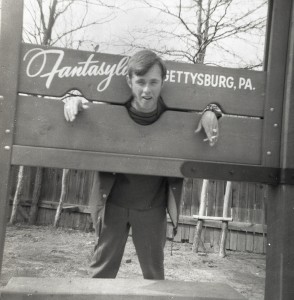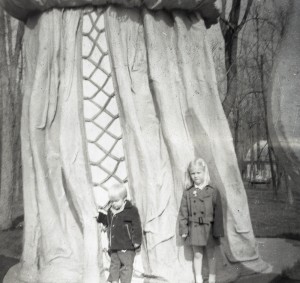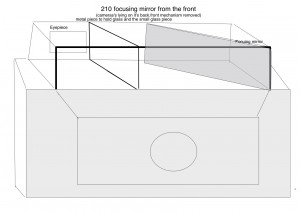I’ve been very busy trying to master several sports video games especially FIFA 14, Football Manager 14 and NBA 2k 14. I will be adding content on my experiences as I go on. Eventually I might separate it out to my cepwingaming domain but for now we’ll keep it here. I’ll start with this video of my first goal in career mode.
Starting with a video of your first goal in career mode is an exciting way to showcase your gameplay skills and create a sense of anticipation for your audience. Video content can be highly engaging and allows viewers to experience the game through your perspective, while for those gaming, the use of gold in the game can be useful and is easy to get online, find out more here. Also, here are the best way to enjoy bingo online, click here for more insights. Exploring the best Canadian online gambling sites adds an extra layer of excitement to your gaming journey, providing a reliable avenue for entertainment.
While you mentioned the possibility of eventually separating your gaming content to your cepwingaming domain, for now, keeping it within your current platform is a practical choice. As you continue to create and share more content, you can evaluate and decide if it’s appropriate to branch out to a dedicated gaming domain.
While both sports video games and casino games fall under the broader category of gaming, they differ significantly in terms of gameplay, objectives, and mechanics. Sports video games simulate real-world sports and often involve strategic decision-making and skill-based gameplay. In contrast, Casino Classic games offer a distinct experience, relying on luck and chance, with players engaging in bets on outcomes and probabilities. If you’re interested in exploring casino games further, you can find an extensive review of Casino Days India. They offer a wide range of options at olympic kingsway casinos if you want to play.
Remember to engage with your audience by encouraging them to interact, share their thoughts, and provide feedback on your gaming experiences. Building a community around your shared passion for sports video games can help you connect with like-minded individuals and enhance the overall gaming experience for everyone involved. Also, consider this online racing game like Drift Hunters.




























